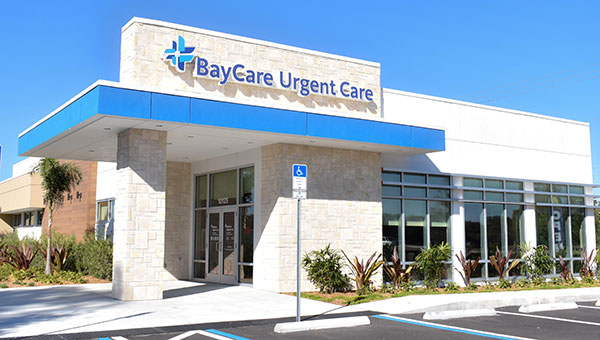Schedule Anything
BayCare offers several convenient health care services that help get care you need to get back to feeling better.
404 Error. Page Not Found



